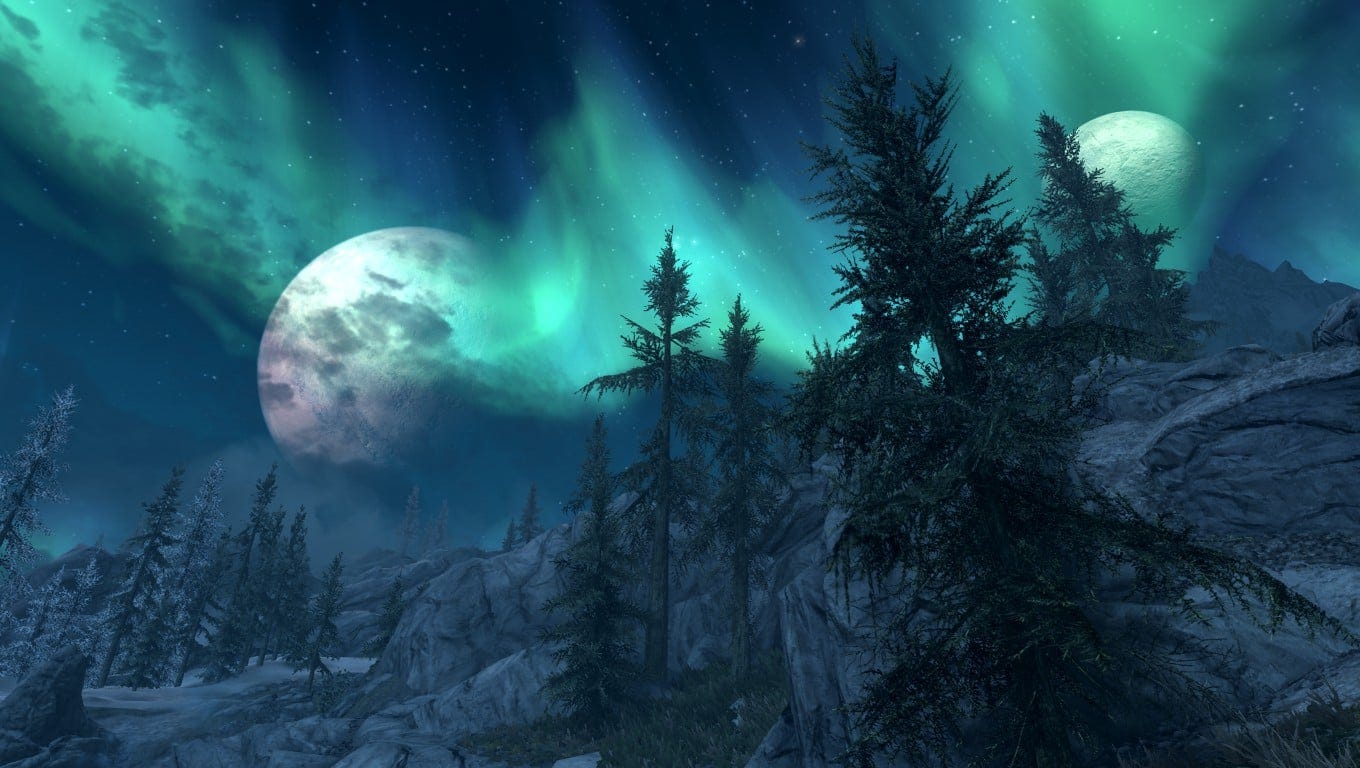
You may have noticed a mounting squabble between Starfield fans and detractors concerning the game's planetary maps, triggered by some leaks or fake leaks over the past week. Said skirmish has now escalated to "-gate" status, with "Tilegate" doing the rounds on forums and even creeping into search results, presumably much to the alarm of innocent, unaligned ceramics company Tilegate Trading Llc in Florida. The nub of the dispute seems to be thus: some people claim the procedurally generated tiles that comprise many Starfield environments actually glue together into complete globes, so that you can see and walk from one to the other and, indeed, all around the equator, while others claim they're discrete maps with invisible walls, similar to those of the astonishing "dreamable" space sim Noctis.
Who knows, we might have an under-embargo Starfield review in the works that will lay matters to rest. In the short term, the uncertainty about whether Starfield's planets are actually planets puts me in mind of comparable celestial angst in Bethesda's Elder Scrolls games, where planets are more properly described as planes of existence, conjured by immortal beings, which sort of orbit the mortal world of Tamriel. I've been revisiting how Bethesda's mainstay fantasy games thought about outer space in the run-up to Starfield, and while I'm intrigued by the new game's portrayals of celestial mechanics (latest discovery: the Starfield starmap represents stellar and planetary gravity as dimples on a kind of galactic tarpaulin, as in old Stephen Hawking documentaries), I'll be very surprised if it offers anything quite as wonderfully bizarre.
